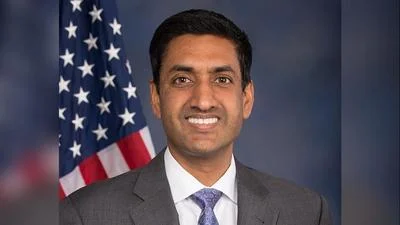John Taylor, Professor of Economics at Stanford University and developer of the "Taylor Rule" for setting interest rates | Stanford University
John Taylor, Professor of Economics at Stanford University and developer of the "Taylor Rule" for setting interest rates | Stanford University
Recent advancements in artificial intelligence and the accumulation of extensive experimental data on human biology have created a significant opportunity for scientific progress. Researchers from Stanford University, Genentech, and the Chan-Zuckerberg Initiative propose using AI to develop the world's first virtual human cell. This virtual cell would simulate the behavior of human biomolecules, cells, and potentially tissues and organs.
Emma Lundberg, associate professor of bioengineering and pathology at Stanford, described this endeavor as “the holy grail of biology.” She emphasized that AI can learn directly from data without relying on assumptions, allowing for discoveries about complex biological systems. Lundberg co-authored an article in Cell advocating for a global effort to create this AI virtual cell.
Other senior authors include Stephen Quake from Stanford and the Chan-Zuckerberg Initiative; Jure Leskovec from Stanford's School of Engineering; Theofanis Karaletsos from the Chan Zuckerberg Initiative; and Aviv Regev from Genentech.
The synthetic model aims to enhance understanding of healthy cell functions and uncover disease causes. It could also enable in silico experimentation—conducting research via computer simulations rather than living organisms—potentially accelerating medical advancements.
Cancer biologists might use it to study mutations leading to malignancy. Microbiologists could predict viral impacts on cells. Physicians might test treatments on digital patient twins, advancing personalized medicine.
For success, an AI virtual cell must achieve three goals: universal representation across species and cell types; accurate prediction of cellular functions; and facilitating hypothesis testing through computer experiments. These outcomes would be achieved faster and cheaper than current methods.
Authors highlight AI's role in creating predictive tools but acknowledge the challenge posed by vast biological data requirements. They cite NIH’s Short Read Archive with over 14 petabytes as an example of necessary scale.
The project demands unprecedented global collaboration across genetics, proteomics, medical imaging fields, academia, industry, and non-profits. Authors stress open access to resulting models for all scientists.
Lundberg compares this initiative to the genome project in scope: “This is a mammoth project...requiring collaboration across disciplines...we understand that fully functional models might not be available for a decade or more.”
Lundberg is affiliated with Stanford Bio-X and Wu Tsai Neurosciences Institute alongside Leskovec; both are part of Stanford’s Institute for Human-Centered Artificial Intelligence (HAI). Quake holds multiple affiliations within Stanford including Bio-X.
For further information:
Jill Wu at Stanford University’s School of Engineering can be contacted via jillwu@stanford.edu.




 Alerts Sign-up
Alerts Sign-up